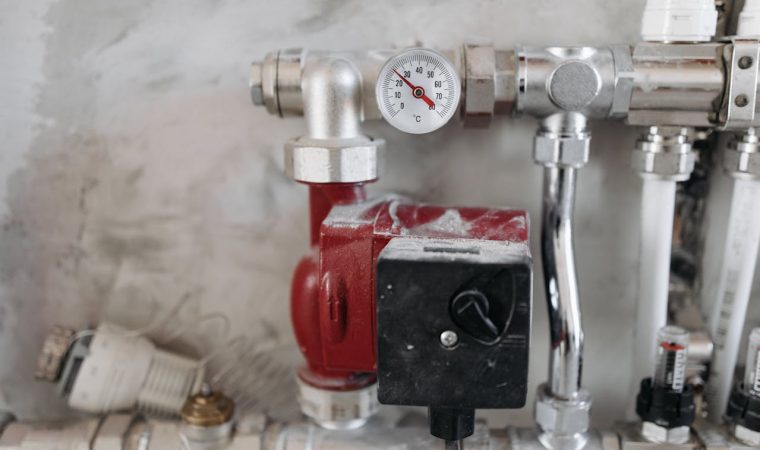Plumbing systems are being transformed with Revit®. This innovative software provides engineers, contractors, and architects with powerful tools to streamline their projects. With Revit, professionals can create more accurate and efficient plumbing designs, ultimately saving time and money. Let’s explore why this software is rapidly becoming the go-to solution for building information modeling (BIM).
Streamlining Plumbing Design with Revit
Traditional Computer Aided Design (CAD) design methods can be time-consuming and prone to errors. Plumbing designs, in particular, require careful coordination of various components, such as water supply, drainage, and venting, all while adhering to the building’s architecture. Revit simplifies this process by offering a fully integrated BIM environment. This single platform allows engineers to create detailed models while automatically updating changes to the building’s layout and other systems.
Real-time coordination eliminates many challenges associated with manual adjustments in CAD, leading to improved clash detection that identifies potential conflicts between plumbing systems and structural elements early in the design phase, reducing costly rework during construction.
Productivity and Collaboration Gets Boosted
Enhancing collaboration across teams is another significant advantage of using Revit for plumbing system design. Communication among mechanical, electrical, and plumbing (MEP) teams can be challenging with older models. Revit breaks down these barriers by enabling all teams to work on the same digital platform. Changes made by one team are instantly visible to others, reducing delays and speeding up communication.
This collaborative environment can lead to substantial productivity gains. Automating repetitive tasks, such as calculating pipe sizes, flow rates, and pressure losses, allows builders to focus on more complex design challenges. The software’s robust parametric capabilities mean that once a design element is defined, it can be easily reused and adapted across multiple projects, further streamlining the workflow.
ROI Maximization
Numerous exciting add-ons can further enhance your team’s capabilities. For plumbing system design, the MEP Productivity Pack™ from CTC Software offers specialized tools that simplify complex calculations, automate documentation, and increase modeling efficiency.
CTC Software’s add-ins are designed to maximize return on investment (ROI) by reducing the manual workload associated with repetitive design tasks. With these tools, Revit users can significantly improve the efficiency of their plumbing design processes, ensuring projects are completed on schedule and within budget.
Enhance Your Plumbing Design Efficiency with Revit
By integrating Revit into your plumbing design workflow, you can reduce errors, improve coordination across teams, and accelerate project timelines. To learn more about how CTC Software can enhance your project experience, explore our full range of tools and discover how we can transform your next project.




